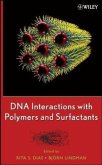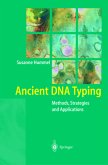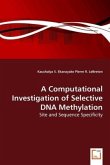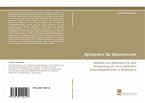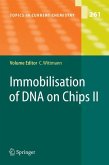Living cells are endowed with an exquisiterepertoire of functions, including the machinery tosynthesize complex molecules, to detectextracellular analytes, and to interact with othercells. The nascent field of engineered cell adhesionhas captured the imaginations of researchers hopingto construct new types of synthetic devices thatcontain living cells. Such devices might one dayfind use in applications including biosensing, drugdiscovery, artificial tissue engineering, and basicstudies in cell biology. This book focuses on thedevelopment of a new tool that can be usedto "program" cellular adhesion using strands of DNA.Experiments validating this concept are described,as well as the adaptation of the strategy into aplatform for highly-efficient, long-term cellpatterning. The work described in this book will beof substantial interest to academic and industrialpractitioners in chemical biology, engineering, andmedicine.
Bitte wählen Sie Ihr Anliegen aus.
Rechnungen
Retourenschein anfordern
Bestellstatus
Storno




